My general experience with Java 7 tells me that it is faster than Java 6. However, I've run into enough information that makes me believe that this is not always the case.
The first bit of information comes from Minecraft Snooper data found here. My intention was to look at that data to determine the effects of the different switches used to launch Minecraft. For example I wanted to know if using -Xmx4096m had a negative or positive effect on performance. Before I could get there I looked at the different version of Java being used. It covers everything from 1.5 to a developer using 1.8. In general as you increase the java version you see an increase in fps performance. Throughout the different versions of 1.6 you even see this gradual trend up. I honestly wasn't expecting to see as many different versions of java still in the wild but I guess people don't run the updates like they should.
Some time around the later versions of 1.6 you get the highest peeks. 1.7 performs about 10fps on average below the later versions of 1.6 but still higher than the early versions of 1.6. On a sample from my own system it's almost impossible to see the difference but when looking at the broader sample it's clear.
To control for the possibility that someone might have found a magic switch for Java I control with by only looking at the data with No switches being passed. That way I'd have a reasonable control before I started looking at the different flags.
I dismissed most of what I was seeing as this could be some Magic Java 6 that someone's just not sharing with me.
Now I've been working on another project that requires me to pass an array in an InputStream to be processed by another API. Initially I used a ByteArrayInputStream because it would work out of the box. When I looked at the code for it I noticed that every function was synchronized. Since this was unnecessary for this project I rewrote one with the synchronization stripped out. I then decided that I wanted to know what the general cost of Synchronization was for me in this situation.
I mocked up a simple test just to see. I timed everything in with System.nanoTime() and used Java 1.6_20 x86 and 1.7.0-b147 AMD64, and 1.7_15 AMD64 and using the -server. I expected the AMD64 version to outperform based on architecture alone and have any java 7 advantages. I also looked at the 25th, 50th, and 75th percentile (blue,red,green). However 1.6 with no -server beat the pants off of every other configuration.

So my question is. What is in the 1.6 -server option that is impacting performance that is also defaulted to on in 1.7?
I know most of the speed enhancement in 1.7 came from defaulting some of the more radical performance options in 1.6 to on, but one of them is causing a performance difference. I just don't know which ones to look at.
public class ByteInputStream extends InputStream {
public static void main(String args[]) throws IOException {
String song = "This is the song that never ends";
byte[] data = song.getBytes();
byte[] read = new byte[data.length];
ByteArrayInputStream bais = new ByteArrayInputStream(data);
ByteInputStream bis = new ByteInputStream(data);
long startTime, endTime;
for (int i = 0; i < 10; i++) {
/*code for ByteInputStream*/
/*
startTime = System.nanoTime();
for (int ctr = 0; ctr < 1000; ctr++) {
bis.mark(0);
bis.read(read);
bis.reset();
}
endTime = System.nanoTime();
System.out.println(endTime - startTime);
*/
/*code for ByteArrayInputStream*/
startTime = System.nanoTime();
for (int ctr = 0; ctr < 1000; ctr++) {
bais.mark(0);
bais.read(read);
bais.reset();
}
endTime = System.nanoTime();
System.out.println(endTime - startTime);
}
}
private final byte[] array;
private int pos;
private int min;
private int max;
private int mark;
public ByteInputStream(byte[] array) {
this(array, 0, array.length);
}
public ByteInputStream(byte[] array, int offset, int length) {
min = offset;
max = offset + length;
this.array = array;
pos = offset;
}
@Override
public int available() {
return max - pos;
}
@Override
public boolean markSupported() {
return true;
}
@Override
public void mark(int limit) {
mark = pos;
}
@Override
public void reset() {
pos = mark;
}
@Override
public long skip(long n) {
pos += n;
if (pos > max) {
pos = max;
}
return pos;
}
@Override
public int read() throws IOException {
if (pos >= max) {
return -1;
}
return array[pos++] & 0xFF;
}
@Override
public int read(byte b[], int off, int len) {
if (pos >= max) {
return -1;
}
if (pos + len > max) {
len = max - pos;
}
if (len <= 0) {
return 0;
}
System.arraycopy(array, pos, b, off, len);
pos += len;
return len;
}
@Override
public void close() throws IOException {
}
}// end class